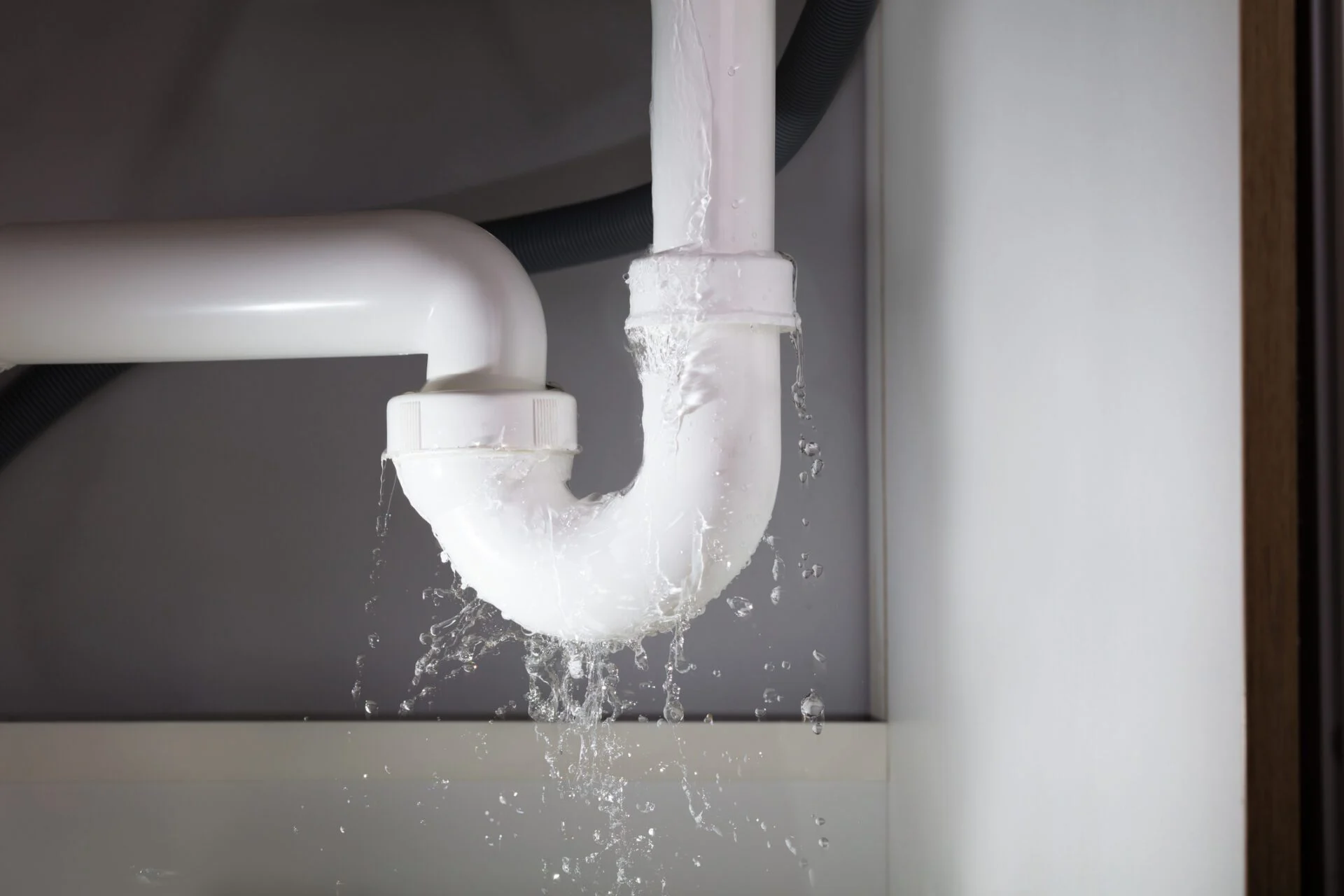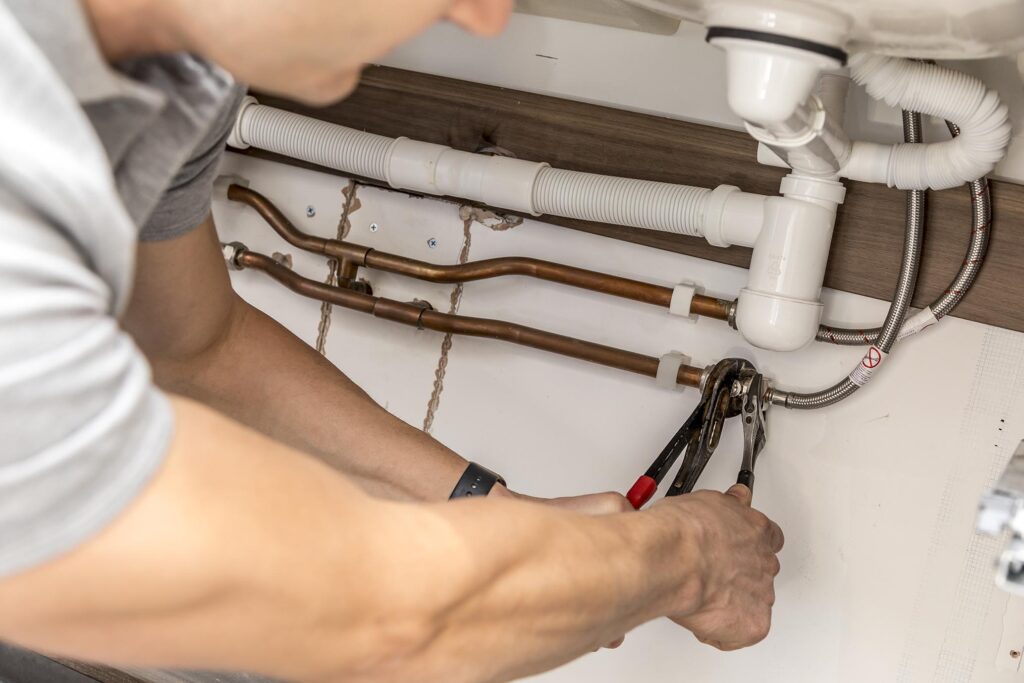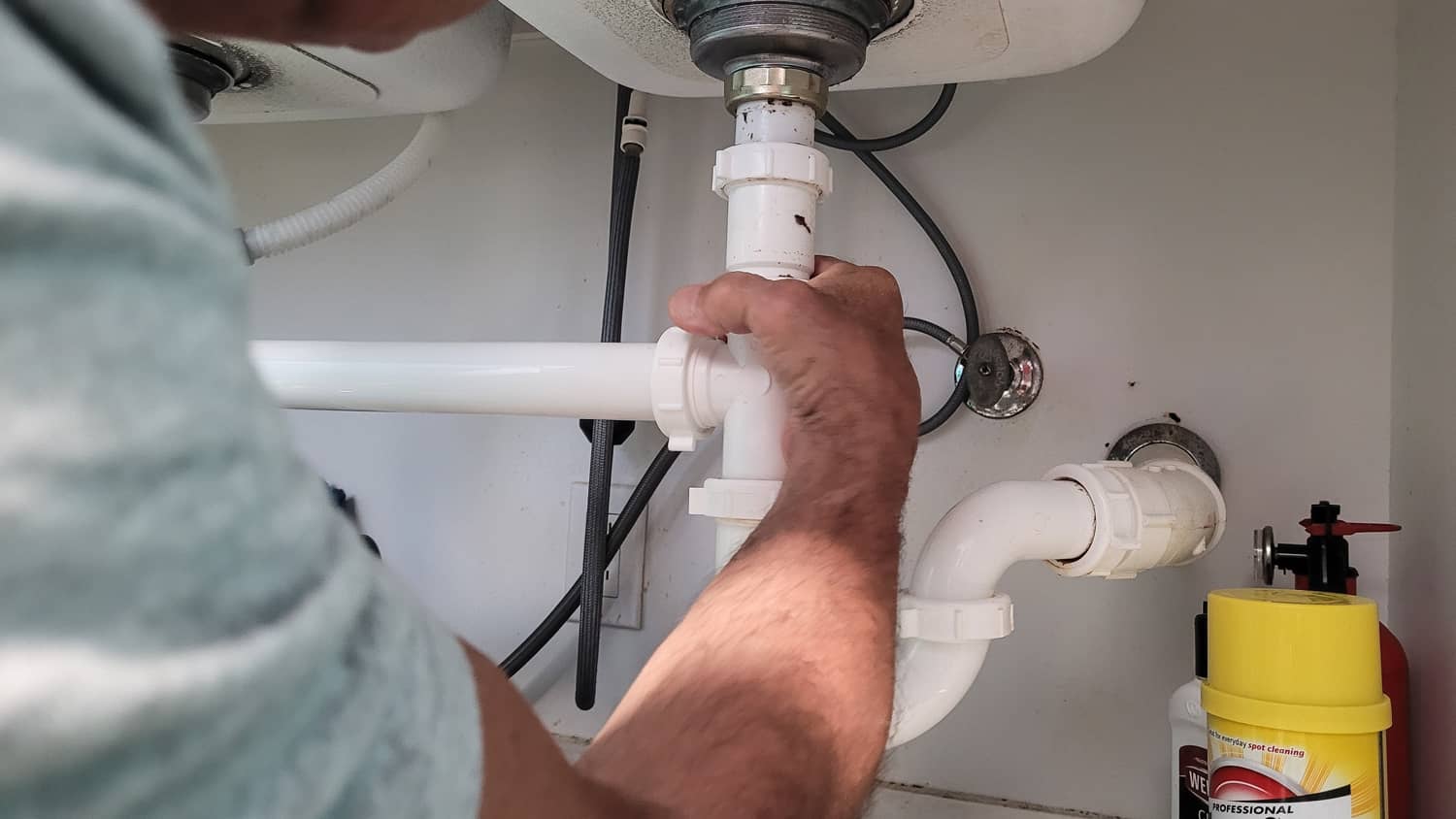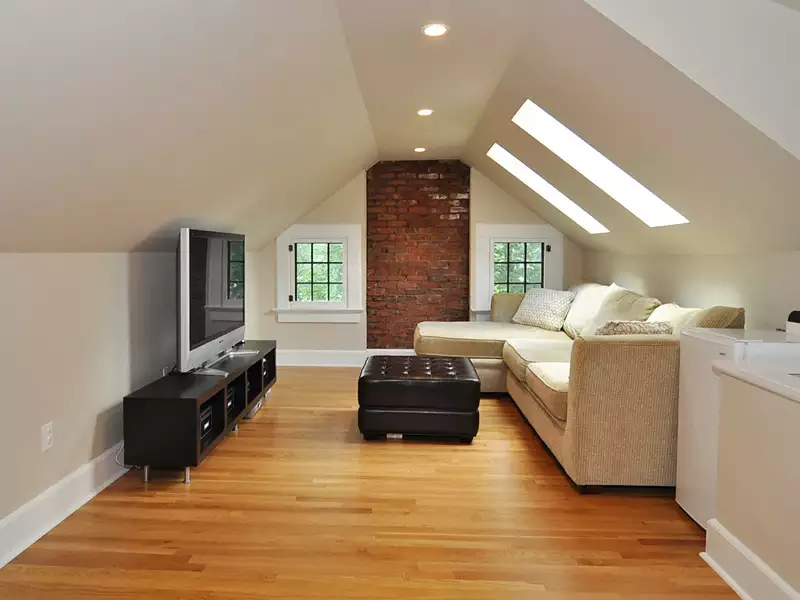Welcome to the world of plumbing, where proper venting is crucial for the health and efficiency of your homes plumbing system. Understanding how to vent plumbing fixtures properly is essential for every homeowner and real estate developer to prevent issues like clogs, slow drainage, and unpleasant odors. In this comprehensive guide, we will explore the importance of venting, the types of vents, and how to ensure your plumbing system is in top shape.

Understanding the Importance of Venting
Venting is the process that allows air to enter the plumbing system, enabling wastewater to flow smoothly through the pipes. Without proper venting, you might experience problems like gurgling sounds, sewer gases entering your home, and inefficient drainage. Hence, learning how to vent plumbing fixtures properly is vital for maintaining a healthy plumbing system.
What Happens Without Proper Venting?
Improper venting can lead to a host of issues. You may notice slow or noisy drainage, which can be a sign of negative pressure buildup in the pipes. This can eventually lead to the siphoning of water from traps, allowing sewer gases to escape into your living spaces. Proper venting prevents these issues, ensuring a safe and odor-free environment.
Types of Plumbing Vents
There are several types of vents used in plumbing systems. Understanding these types will help you in choosing the right venting solution for your home:
- Standard Vents: These connect directly to the fixture and extend vertically to the roof.
- Common Vents: Shared by two fixtures on the same floor, reducing the number of pipes required.
- Loop Vents: Typically used in island sinks, where standard venting is not possible.
- Air Admittance Valves (AAVs): These allow air into the system without the need for a vent pipe extending to the roof.
Choosing the Right Vent for Your Home
Your choice of vent depends on the layout of your home and the specific plumbing fixtures. Consulting with a professional plumber can provide you with insights into the most efficient venting system for your needs.
Steps to Vent Plumbing Fixtures Properly
To ensure your plumbing system functions efficiently, follow these steps for proper venting:
Planning the Venting System
Start by planning your venting system during the construction or renovation phase. This allows you to map out the best locations for vents and ensure they comply with local building codes. Planning your plumbing system effectively can prevent future headaches.
Installing Vents
When installing vents, ensure they are the correct size and slope. The vent pipes should be at least half the diameter of the drain pipe they serve and should slope upwards to prevent condensation buildup. Proper installation is key to learning how to vent plumbing fixtures properly.
Using Air Admittance Valves
If extending vent pipes to the roof is not feasible, consider using Air Admittance Valves (AAVs). These devices allow air to enter the system without the need for a roof penetration, making them a convenient alternative.
Regular Maintenance
Regular maintenance is crucial to ensure the continued efficiency of your venting system. Periodically check for blockages, leaks, or any signs of wear and tear. Understanding plumbing basics can assist you in performing routine checks and identifying potential issues early.
Common Mistakes in Venting Plumbing Fixtures
Avoid these common mistakes to ensure your plumbing system remains in top condition:
- Installing vents too far from the fixture
- Using incorrect pipe sizes
- Ignoring local building codes
- Neglecting regular maintenance
Correcting Venting Mistakes
If you discover any issues with your venting system, address them promptly. Correcting mistakes early can prevent more significant problems in the future and ensure your plumbing system remains efficient.

FAQs
What is the purpose of a plumbing vent?
A plumbing vent allows air to enter the plumbing system, ensuring efficient wastewater flow and preventing sewer gases from entering your home.
Can I use Air Admittance Valves in place of traditional vents?
Yes, Air Admittance Valves can be used as an alternative to traditional vents, especially in situations where roof penetration is not possible.
How do I know if my plumbing vents are working correctly?
If you experience slow drainage, gurgling sounds, or unpleasant odors, it may indicate an issue with your plumbing vents. Regular inspections can help identify and resolve these issues swiftly.
This article contains affiliate links. We may earn a commission at no extra cost to you.




